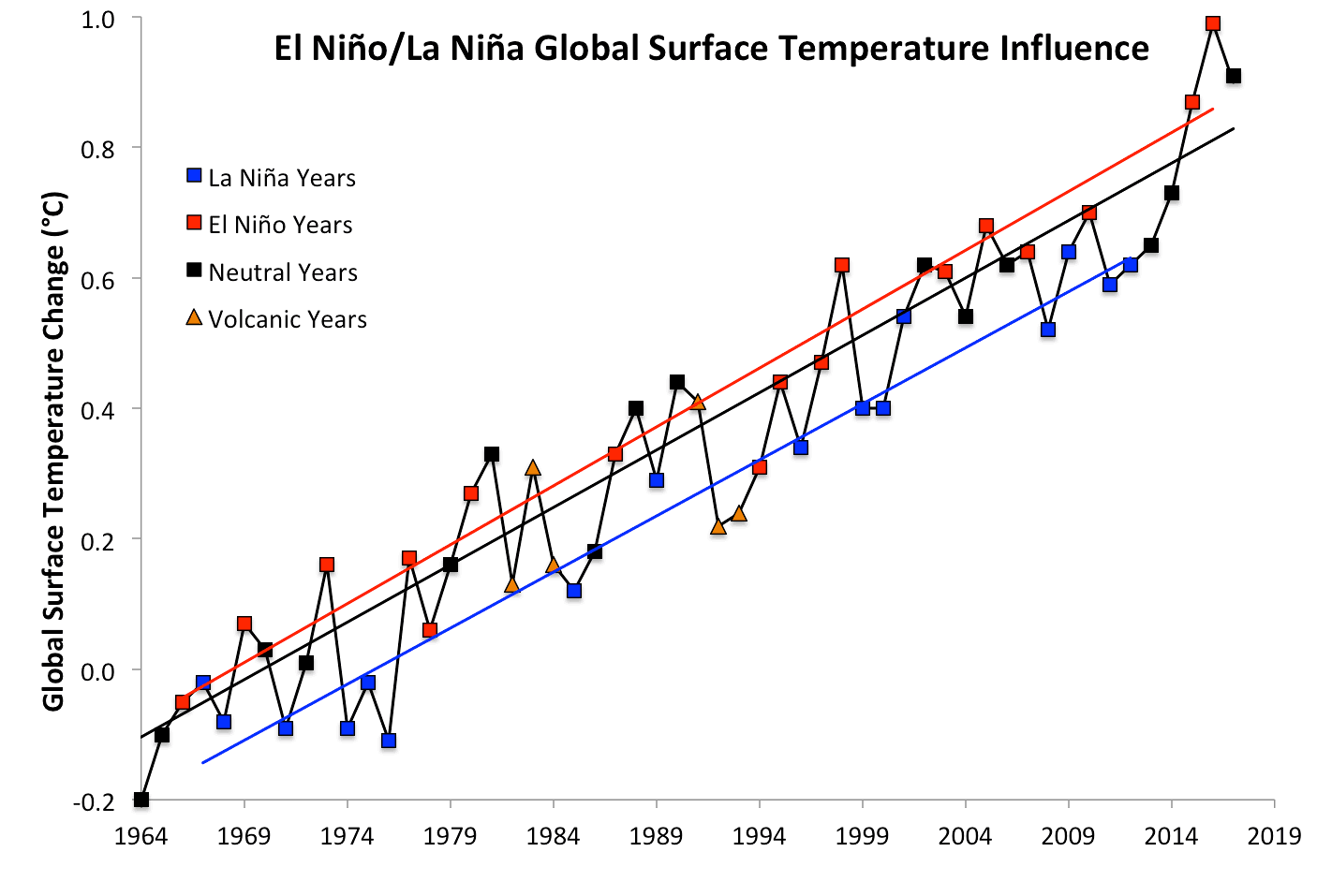The issue of global warming is the one that disturbs scientists and population all over the world. It is caused by a complex of factors, but human activity in general and an increase in carbon emissions in particular are considered to be the leading factors. Climate scientists claim that the global temperatures are constantly increasing. Thus, Nuccitelli (2018) provides evidence of 2017 being the hottest year for the last 50 years. The estimated temperature increase for this period is 0.17-0.18°C per decade (Nuccitelli, 2018).

It is a proved fact that carbon dioxide is one of the gasses that contribute to the creation of the greenhouse effect. Carbone dioxide is mainly produced as a result of burning fossil fuels and is the most spread of all greenhouse gases (Pappas, 2017). Within the last 50 years, the amount of carbon dioxide in the atmosphere increased by almost one half (“Seven things to know about climate change,” 2018). Considering the fact that the amount of carbon dioxide in the atmosphere and global average temperature were growing simultaneously, scientists suppose this gas is responsible for global warming.
The majority of scientists who investigate environment on the whole and global warming in particular agree that the major factor for the climate change is man-made carbon dioxide. A review of more than 4,000 research papers revealed the fact that 97% of them prove that humans are responsible for global warming (“Seven things to know about climate change,” 2018). Since researches with instrumental measurements provide evidence that carbon dioxide absorbs heat and thus increases the average global temperature, the scientists agree that global warming is an inevitable consequence of carbon dioxide production.
One of the efforts, which is supposed to slow down climate change and global warming, is the reduction of carbon emissions. The experience of the United Kingdom proves there is an opportunity to reduce global emissions by 3% in a period of fewer than five years (Imperial College London, 2018). The strategy of the United Kingdom’s government is to use natural gas instead of coal in power stations, and the positive change can be achieved in case other countries follow this example.
Another way to stop the rapid process of global warming is to apply renewable and environmentally-friendly energy sources. According to the Paris Agreement signed by 195 states, the rate of warming should not exceed 2°C (“Seven things to know about climate change,” 2018). To achieve this goal, a joint effort of the humanity is needed. The researchers predict an increase of the part of renewables in the world energy consumption (“Seven things to know about climate change,” 2018). Moreover, the projected cost of wind and solar energy is expected to reduce significantly after 2020.
I suppose that both initiatives have the potential for positive change. Still, I believe that the second strategy, which involves the use of renewable sources of energy, is more beneficial. Natural gas, although producing less dangerous emissions if compared to coal, is not renewable, and thus it cannot be a reliable source of energy in the distant perspective. Moreover, the countries do not have equal stores of this resource. Consequently, renewable resources such as sun and wind should become a focus of energy policy globally. Considering the tendency to the decrease of their costs, they are expected to be beneficial both for environment and economy of the counties.
References
Imperial College London. (2018). Global carbon emissions could be cut 3 percent by following the UK’s example. ScienceDaily. Web.
Nuccitelli, D. (2018). 2017 was the hottest year on record without an El Niño, thanks to global warming. The Guardian. Web.
Pappas, S. (2017). What is global warming?LiveScience. Web.
Seven things to know about climate change. (2018). Web.